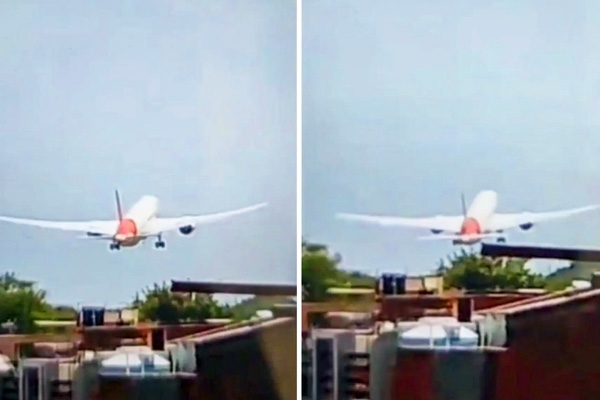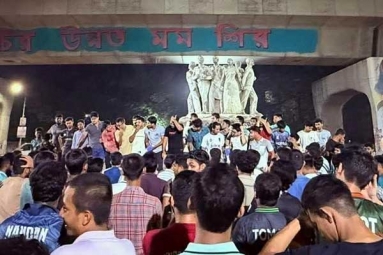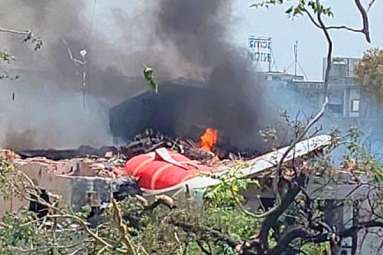
(Image source from: Timesofindia.indiatimes.com)
More than two weeks following the tragic Air India crash that resulted in the deaths of all but one of the 242 individuals on board, both investigators and the airline are examining the possibility of simultaneous engine failure as a factor that prevented the Boeing 787 from remaining in flight. Airline pilots simulated the crucial parameters of the ill-fated aircraft in a flight simulator, including scenarios with the landing gear extended and wing flaps retracted. They concluded that these particular settings alone did not lead to a crash, as reported by sources familiar with the investigation. The finding, in conjunction with an earlier revelation that an emergency power turbine activated moments before impact, has intensified the focus on technical malfunction as a potential cause, according to these sources, who spoke on the condition of anonymity regarding sensitive discussions. It is important to note that the simulated scenario was conducted independently from the official investigation by the Aircraft Accident Investigation Bureau (AAIB) to explore various hypotheses.
The Boeing 787 involved in the incident, which occurred in Ahmedabad on June 12, was equipped with two engines manufactured by General Electric. Footage captured during the flight showed the aircraft struggling to gain altitude shortly after takeoff before descending and crashing, resulting in an explosion upon impact. Boeing has refrained from commenting and has directed inquiries to the AAIB, whereas GE stated that it could not provide commentary on an ongoing investigation. Neither the AAIB nor Air India responded to requests for remarks. The reasons for the potential simultaneous engine failure remain unclear; however, investigators are looking to gather further insights from the two flight recorders, which have had their data retrieved and are currently under examination. While a broad array of scenarios is under consideration, the investigation is particularly focused on technical issues.
Pilots analyzing the recorded footage have noted that the landing gear appeared to be partially tilted forward, indicating that the cockpit crew may have begun the retraction process for the wheels. Concurrently, the landing gear doors did not open, leading pilots to speculate that this could signal a power loss or hydraulic failure, which again suggests possible problems with the engines responsible for supplying electrical power to the aircraft. Modern aircraft engines are governed by a system known as Full Authority Digital Engine Control (FADEC), which assists pilots in managing the aircraft's power and ensures that the engines operate within their designated limits. Preliminary findings indicated that an emergency turbine, referred to as the RAT, which deploys from the tail end of the aircraft in cases of electrical failure, was activated prior to the crash. This turbine provides crucial power to the aircraft, although it is insufficient for generating lift.
An examination of the debris indicates that the wing flaps and slats, mechanisms that aid an aircraft in achieving greater lift during takeoff, were deployed properly. This incident is recorded as the most significant disaster in Indian civil aviation in many years, marking the first occurrence of a Boeing 787 Dreamliner being involved in a fatal accident. Following takeoff, the pilots, who tragically lost their lives in the incident, issued a Mayday alert. Reports from two individuals acquainted with the investigation revealed that there was a mere 15 seconds between this urgent signal and the plane's crash. Ground support for the investigation is being provided by teams from Boeing and the US National Transportation Safety Board. At this time, it remains unclear when the authorities will release details derived from the flight recorders, which usually offer a thorough examination of an aircraft's operational parameters and cockpit discussions.











